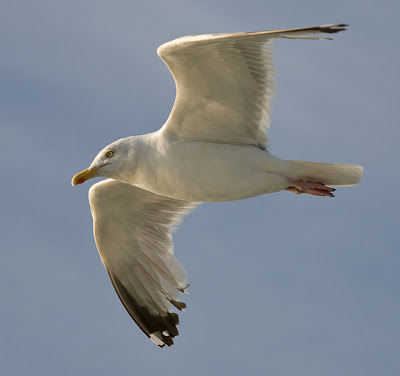
 The above images are from my gull portraits series. Both images have a strong sense of eye contact with the photographer (me). The gulls hung around and I had a sense of connecting to them. They were definitely aware of me and as they hovered in the breeze I had a sense they were posing (yeah I know it sounds weird ).
The above images are from my gull portraits series. Both images have a strong sense of eye contact with the photographer (me). The gulls hung around and I had a sense of connecting to them. They were definitely aware of me and as they hovered in the breeze I had a sense they were posing (yeah I know it sounds weird ).I've come to realise that in a sense all of my photography is about making portraits.
The strict definition is a likeness of a person. But the Roget's Thesaurus expands on this:
Main Entry: portrait
Part of Speech: noun
Definition: representation
Synonyms: account, characterization, depiction, description, figure, image, likeness, model, painting, photograph, picture, portraiture, portrayal, profile, silhouette, simulacrum, sketch, snapshot, vignette
(Roget's New Millennium™ Thesaurus, First Edition)
Most of my images are portraits, in other words a representation, depiction, description, account or characterisation of the subject.
I suppose what it comes down to is trying to capture the essence of the subject on a deeper level and show a relationship between me and what I photograph. Does my use of the word portrait have any validity or is it just semantics?
I've always had a problem with putting photographers in little boxes like landscape, still life etc.
However I do think portraiture is associated with a certain approach to subject matter, which distinguishes it:
- You want to show the unique nature of your subject
- You want to reveal the truth and make an honest photograph
- You are focused on the individual and what makes that individual special
- You have a definite subject of which you are making the portrait
You can make portraits of a specific flower, an animal and of course people. I suppose simply put portraits are about capturing the unique identity of the subject and that is certainly what most of my photography is about.
I'd welcome hearing your thoughts on this.
Cheers,
Paul
www.indigo2photography.co.uk
Comments
I found you on Flickr, and through you, Magda. Wonderful photos. I'll return here to look, learn and most definitely enjoy your look at things as they watch you back. :>)
Cheers,
Paul